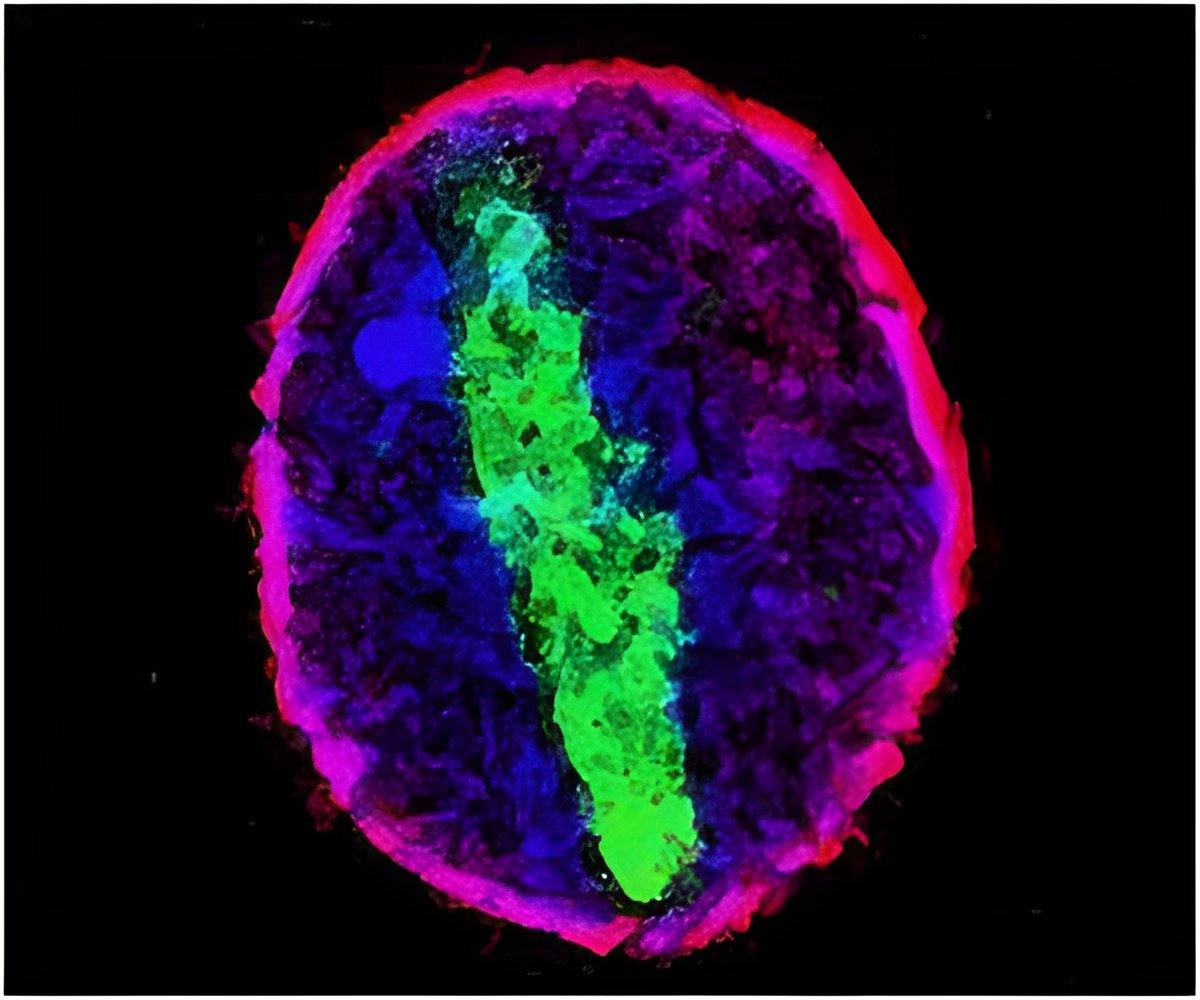Researchers from Georgia Institute of Technology used ultraviolet light onto the molecules through the skin of a living animal to sneak biomaterials containing peptide signaling molecules into living animals. The disguised peptides are needed to launch biological processes that allowed cells and other molecules to recognize and interact with the peptides on the surface of the material. This light-activated triggering technique has been demonstrated in animals, and if it is made to work in humans, it could help provide more precise timing for processes essential to regenerative medicine, cancer treatment, immunology, stem cell growth, and a range of other areas.
When biomaterials are introduced into the body, they stimulate an immune system response. But researchers used molecular cages like hats to cover binding sites on the peptides that are normally recognized by cell receptors, preventing recognition. These cages were designed to detach and reveal the peptides when they encounter specific wavelengths of light. The research team showed that disguised peptides introduced into animal models on biomaterials could trigger cell adhesion, inflammation, fibrous encapsulation, and vascularization responses when activated by light. The location and timing of activation could be controlled inside the animal by shining light through the skin
Principal investigator of the study said, "Many biological processes involve complex cascades of reactions in which the timing must be very tightly controlled. Until now, we haven't had control over the sequence of events in the response to implanted materials. But with this technique, we can deliver a drug or particle with its signal in the 'off' position, then use light to turn the signal 'on' precisely when needed."
As much as 90 percent of the ultraviolet light used in the experiments was lost while passing through the skin of the animal model, limiting its use in locations immediately below the skin. In future researchers will be working on alternative cages that would be triggered by different wavelengths of light.
The research is published in the journal ‘Nature Materials’.
Source-Medindia











